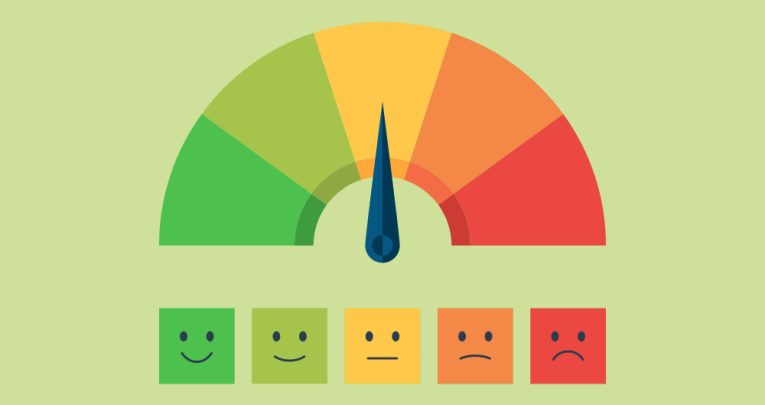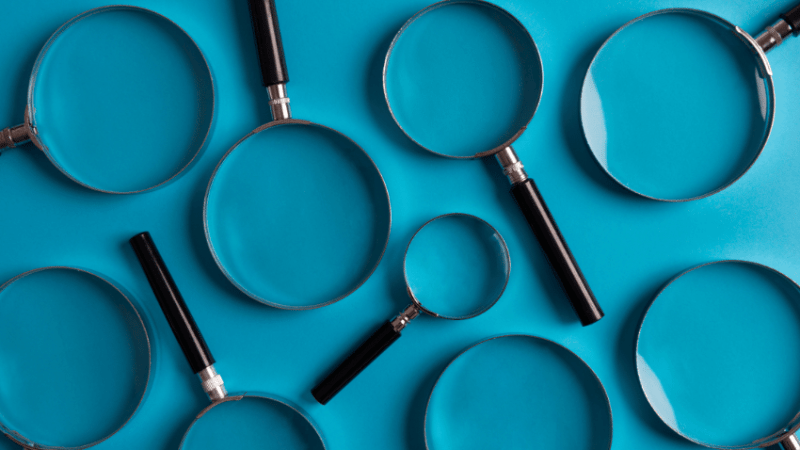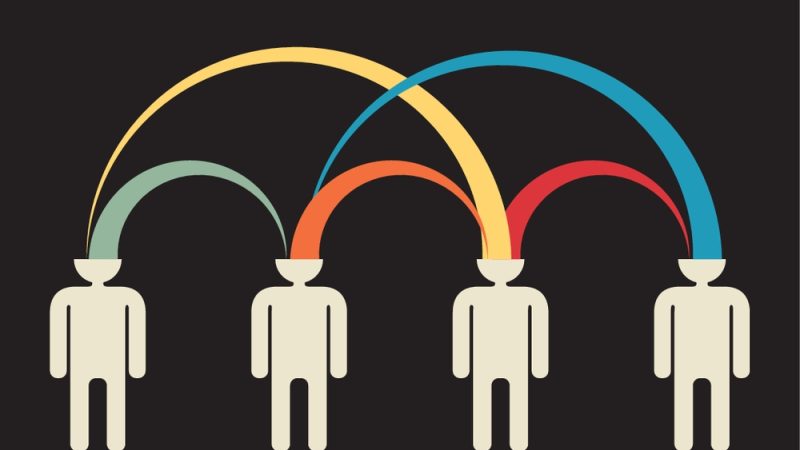Lesson observation – Evidence-based strategies for growth and reflection
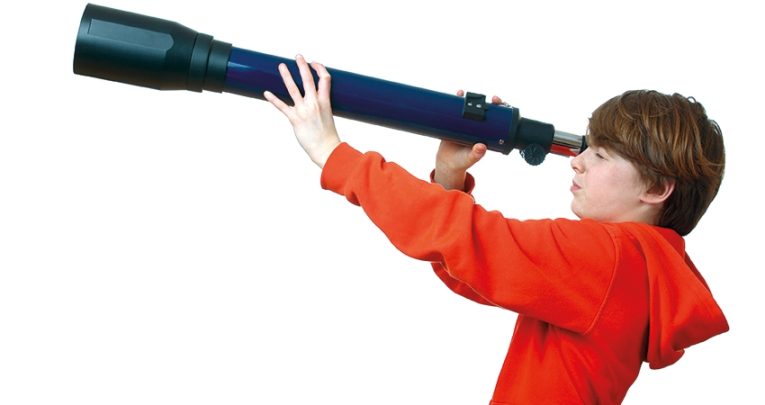
The experts delve into where we’re going wrong with lesson observations and offer practical strategies for improvement…

- by Teachwire
- Classroom expertise and free resources for teachers

Despite the best intentions, many educators find themselves stumbling through a lesson observation. Here, the experts delve into where we’re going wrong and offer practical strategies for improvement, including how recording your practice can transform you into a more effective teacher.
Five evidence-based ways to improve lesson observations
Divorce observations from assessment
Perhaps the most contested aspect of classroom observation surrounds graded lesson observations. Some argue that there’s value in providing graded judgements for isolated lessons. However, the evidence and arguments against carry significantly more weight.
Hierarchical ranking systems hold no real value, except to those wanting a measure of teacher performance.
However, this approach is flawed for numerous reasons. This can be seen in Ofsted’s decision to move away from grading individual lessons during inspections.
Judgements are a subjective measure, and as such, their reliability and validity can be questioned. Even with a specific framework with which to attribute these judgements, the consistency of use and application of these frameworks is, again, subjective.
Graded observations can also impact upon a school’s culture, by generating competition. Whilst not inherently negative, the competition this brings about can produce a ‘survival of the fittest’ mentality that increasingly isolates teachers. This is something that’s hardly conducive to a learning organisation.
Furthermore, observations with judgements attached tend to stifle creativity and risk-taking in the classroom. This limits the evolution of teacher practice. For these reasons, grading observations can act as a barrier to effective professional development.
“The competition this brings about can produce a ‘survival of the fittest’ mentality that increasingly isolates teachers”
Removing judgements from classroom observations isn’t simply a case of removing graded lessons. Instead, it involves removing judgements throughout the entire process.
It’s all too easy for observers to attribute a (misplaced) judgement to an action. This can then affect the dialogue that follows.
It’s important to ensure that training is conducted on how to collect evidence during an observation in a non-judgemental manner. It might take time to unlearn years of habitual behaviour. However, it’s an important step in ensuring the process is meaningful.
Avoid the ‘snapshot approach’
A ‘snapshot approach’ sees an isolated lesson as reflective of a colleague’s entire practice. Some school settings still use one or two isolated lessons to inform performance management and make judgements about individuals as teachers.
The issues with such an approach are that the single lessons are used as averages. This means they conceal the highs and lows experienced throughout the academic year, and lack any contextual consideration.
A standalone lesson in the context of a unit of work simply can’t be judged without observing other lessons in that unit of work, or triangulating those findings with other evidence. This might include pupil voice and scrutiny of book work.
Whether the lesson is at the start or end of the unit will determine the level of knowledge students have and can display. It will also affect the choice of tasks and activities utilised by teachers.
What’s observed might be wholly appropriate for the lesson in context, but deemed insufficient according to an isolated lesson approach, where a ‘tick box’ framework of expected outcomes will likely inform the judgement.
“What’s observed might be wholly appropriate for the lesson in context”
Context is crucial when observing, but this approach limits the observer’s capacity to factor that in.
Isolated observations also make it very difficult to show measurable progress of students and teachers. This often results in the ‘rehearsed lesson’. This is a set play lesson that’s out of sync, so that the teacher can showcase their skillset, often at the expense of learners.
Recognise the power dynamic
Another issue with formal classroom observations is the observer-teacher relationship. Observers are frequently senior or middle leaders, and thus seen as ‘somebody in authority’ assumed fit to make judgements.
The reality is that many of these leaders don’t teach, or teach comparatively rarely. This calls their credibility as classroom practitioners into question.
It’s a power dynamic that can create mistrust. The process feels less collaborative, more as though it is being done to the teacher.
“The reality is that many of these leaders don’t teach, or teach comparatively rarely”
A final point to note is that we’ll often observe what we want or expect to see. Alas, confirmation bias can be widely prevalent within classroom observations.
The interpretive lens of the observer may already have preconceived ideas of what they expect to see. Their evidence collection will simply support this – cherry-picking those aspects of the lesson that confirm their initial views.
Observers must be mindful of avoiding personal preference and seek to understand the teacher’s approach. A pre-observation meeting may offer opportunities to explore this.
Lesson observations shouldn’t be used in isolation
The frequency of observation should be context-specific, and viewed as part of an ongoing process aimed at removing stress and building a greater evidence base with which to inform next steps and develop practice.
Some schools have adopted ‘open door’ policies, which entail regular learning walks. This is a far less formal way of observing, and provides a regular overview of classroom practice, but can often see a lack of follow-up and engagement in dialogue.
Approaches that utilise a Lesson Study framework, or an instructional rounds philosophy, will see small groups working collaboratively with a specific focus, thus providing a more holistic view of teaching.
Observation should involve partnership
Observation should be mutually beneficial for both teacher and observer. The peer observation model can be an effective way of achieving this – a more collaborative approach that mitigates some of the relational pitfalls discussed above – but not necessarily the only one.
What’s key is establishing common ways of working and trust between all colleagues.
Leaders should articulate clearly and transparently the nature of the process, while working to ensure that all teachers feel that they have a voice.
Observers should have no preconceived ideas of what the lesson will look like, or how the resulting dialogue will be shaped. It should be a flexible, organic process.
“What’s key is establishing common ways of working and trust between all colleagues”
Recent research has indicated that an appreciative enquiry model can be especially beneficial for successful observation and professional development.
Highlighting areas of strength, and how these areas can be utilised to develop other areas of practice, is empowering for teachers.
It builds confidence, and focuses on the behaviours and strategies we adopt when we’re at our best.
Trending
- Critical thinking lesson plans – KS1 and KS2 ideas and worksheets by
- Clean Air for Kids – Clean air in schools poster by Clean Air For Kids
- What If, Pig? – Face big feelings & develop language skills by Jo Cummins
- Phases of the moon KS2 – Medium-term plan by Dr Paula Owens
- Worldview – What drives people to care for the Earth? by Matthew Lane
- The Boy with Big Decisions – ‘Turning point’ scene WAGOLL by Helen Rutter
- Air resistance KS2 – Build & test a model wind turbine by Dr Jo Montgomery
- Past progressive tense – Examples, worksheets & teaching advice by Laura Dobson
- Collins Big Cat Progress Handbook – Free teacher guide by Collins
- KS2 quiz – Free puzzle pack from The Week Junior by Bloomsbury
Ultimately, lesson observations can be an integral part of teacher development. The goal is to ensure that they are utilised in a productive manner, to enhance practice and to promote professional dialogue.
Geoff Baker is a Professor of Education and Craig Lomas is a Senior Lecturer in Education, both at the University of Bolton, and both former senior secondary school leaders.
How recording your practice can make you a better teacher
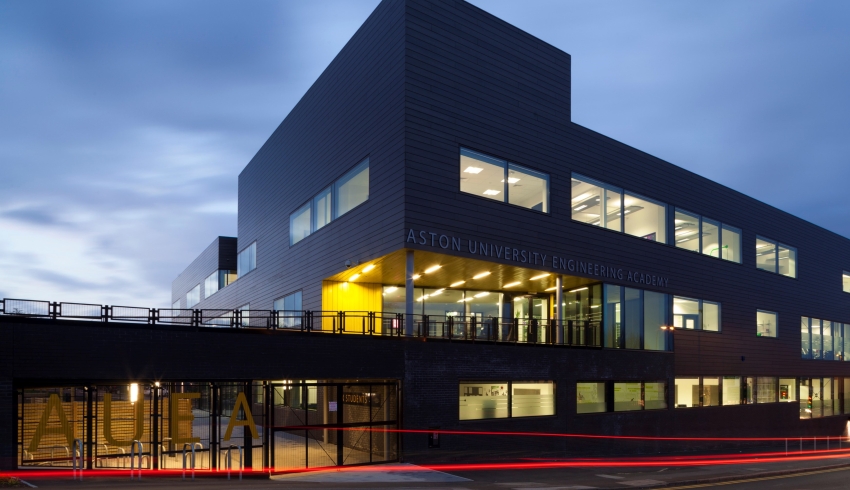
Recording lessons for CPD purposes isn’t new – but as David Chapman explains, it’s possible to approach the practice more supportively and creatively…
Isn’t it time to reassess the traditional lesson observation and ask ourselves if they are actually improving learning for pupils and teachers?
A quick search on any social platform will reveal how plenty of things can go wrong with them. This is everything from banal accidents, like coffee spills and malfunctioning IT, to unpredictable student behaviour and teachers forgetting everyone’s name (and sometimes even their own).
All frivolity aside, a lesson observation can sometimes make even the most experienced teachers break into a sweat upon hearing the words, ‘Please ignore me, I’m not here. I’m just observing.‘
And that’s wrong, isn’t it? At a time when teacher retention and recruitment stories are hitting the headlines for all the wrong reasons, stressed, unhappy teachers are the last thing that any school will want for their pupils. The time has come to inject some fresh thinking into how we approach a lesson observation.
Support, not scrutiny
Understanding what works well and what doesn’t in lessons, and the impact of this on pupils’ learning, is pivotal to school improvement. And yet, an isolated lesson observation can only ever provide a snapshot of what’s happening on a certain day at a certain time.
As such, they can’t really reflect the reality of the teacher or pupils’ day to day experiences and interactions in the classroom.
If the definition of insanity is doing the same thing over and over and expecting different results, is it fair to carry out infrequent assessments of our teachers, as if they do the same thing, in the same way every lesson? No, because they don’t, and neither do their pupils.
Classrooms are highly dynamic environments. No two days or lessons will ever be the same, since there are simply too many variables at play. At the same time, we all know that teaching is already a challenging profession. A lesson observation can up the ante even further, leaving teachers feeling simultaneously unsupported, over-scrutinised and undervalued.
All that said, however, a lesson observations remains an important tool within the larger teacher CPD toolkit. That’s why we wanted to find out if they could be carried out more frequently, less formally and less intrusively.
Giving teachers agency
Here at Aston University Engineering Academy, we wanted to give our teachers more independence to reflect on how their lessons went, and greater agency over the areas they wanted to work on. It may be, for instance, that one colleague wanted to understand why one of their lessons was working well for one set of pupils, but not for a different class.
In practical terms, of course, setting aside the time and space to do this can be quite the ask for teachers already grappling with heavy workloads.
We therefore opted to explore whether giving teachers a 360° view of the classroom could help them spot things they might have otherwise missed.
In consultation with staff, we took the decision to implement classroom camera technology from ONVU Learning. Importantly, however, we put teachers in control of the recording facilities. This means they get to decide when to press record. They then decide whether they wish to review the resulting footage by themselves, or in the presence of a colleague who can offer further advice.
Easily missed
This new ability to pause and rewind events from within a lesson has allowed our teachers to identify things otherwise easily missed in the moment.
For example, we had one teacher spot a pupil sitting at the back of the class not engaging in the lesson after reviewing the footage. Because the pupil hadn’t been disruptive this would have otherwise gone unnoticed.
As it was, the teacher was able to check with the boy. She discovered that he had previously covered the same topic at a different school. She was then able to adapt the lesson to involve him more and keep him engaged.
In another case, we had a teacher who had been struggling to manage a particular group of Y10 boys. After watching a playback of the classroom footage alongside a colleague, the teacher was able to take on board some of the colleague’s suggestions for tweaks to the lesson’s order of play. Things improved thereafter.
Teachers learn best from other teachers. This is especially true when they have experienced the same issues, with the same cohort of pupils in the same school. It can feel far less isolating once someone can see what’s actually happening and then talk through the issues raised.
A change of perspective
Hands up anyone whose classes are populated with several members of the ‘hands up faithful’…? Hands up anyone teaching pupils who are clever, yet always silent…? Do we have any classes with their fair share of ‘star turns?’
As we know, a willingness to raise one’s hand isn’t necessarily the best indicator of engagement and understanding. Some children may well know the answers, but be reluctant to come forward for fear of being seen as ‘too smart.’ More confident pupils who are happy being the centre of attention might jump in without thinking through the answer properly.
The educationalist John Dewey once emphasised the importance of seeing education as a single process involving teaching and learning, with no separation between the two.
It’s a theory arguably since proven. However, if teaching is only part of learning process, does it not make sense for observations to focus more on what impact the lesson is having on pupils?
A more positive approach to your lesson observation
That’s why we’ve encouraged our teachers to assess how well pupils are engaging during lessons by identifying ‘small giveaways’. These are assorted little tells, such as a student’s body language, or where their eyes happen to be tracking.
Small outward signs like these can reflect how invested students are in the lesson. Or they can help identify what effects those pupils taking longer to settle are having on their peers.
By observing what impact a lesson is having on pupils, rather than the impact we assume it’s having, teachers can make small, yet critical improvements to their practice.
For instance, one of our maths teachers was disappointed to see that some pupils hadn’t grasped a complex maths problem after they handed in their homework. She’d thought everyone had understood how she explained it. But after reviewing the lesson footage could see for herself where she’d lost some pupils along the way. She was able to then fine-tune her lesson so that no pupil was left behind.
With teachers now having more ownership over the decisions they take in the classroom, they can feel more valued, more respected and more willing to share not just their strengths, but also details of what they could have done differently to improve the lesson. This has helped develop the knowledge and learning of their colleagues, as well as themselves.
David Chapman is head of school at Aston University Engineering Academy.


